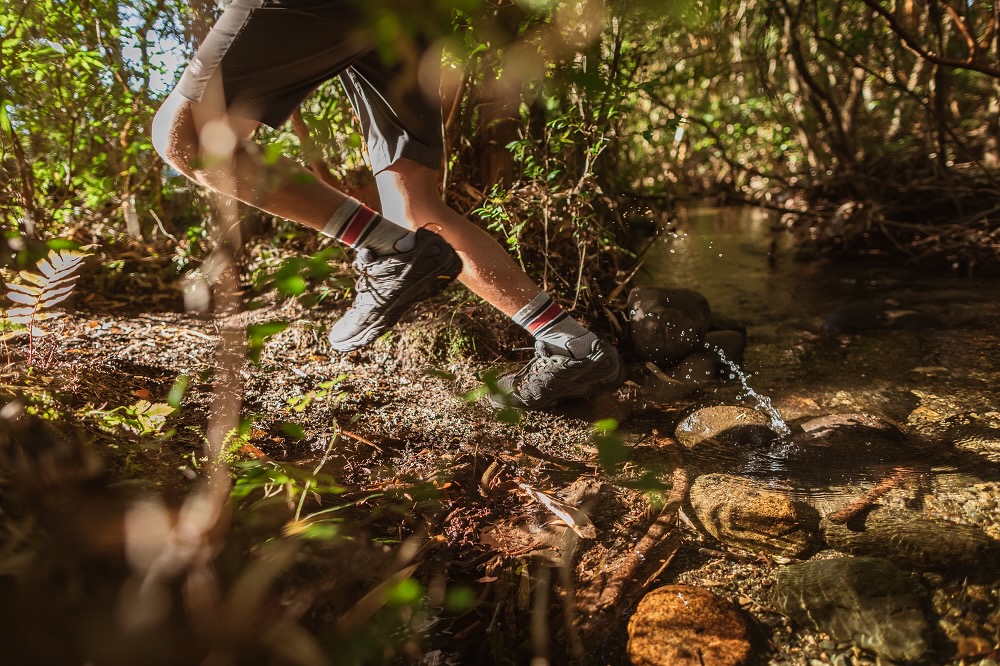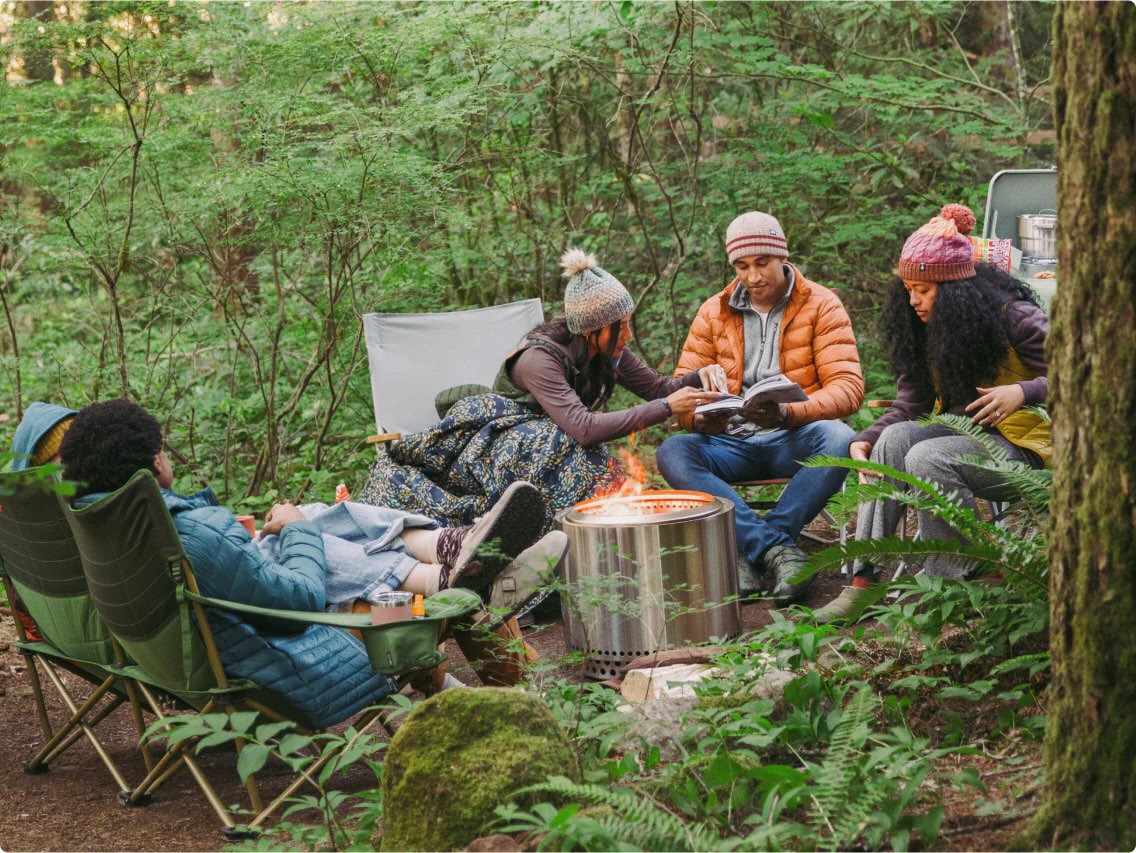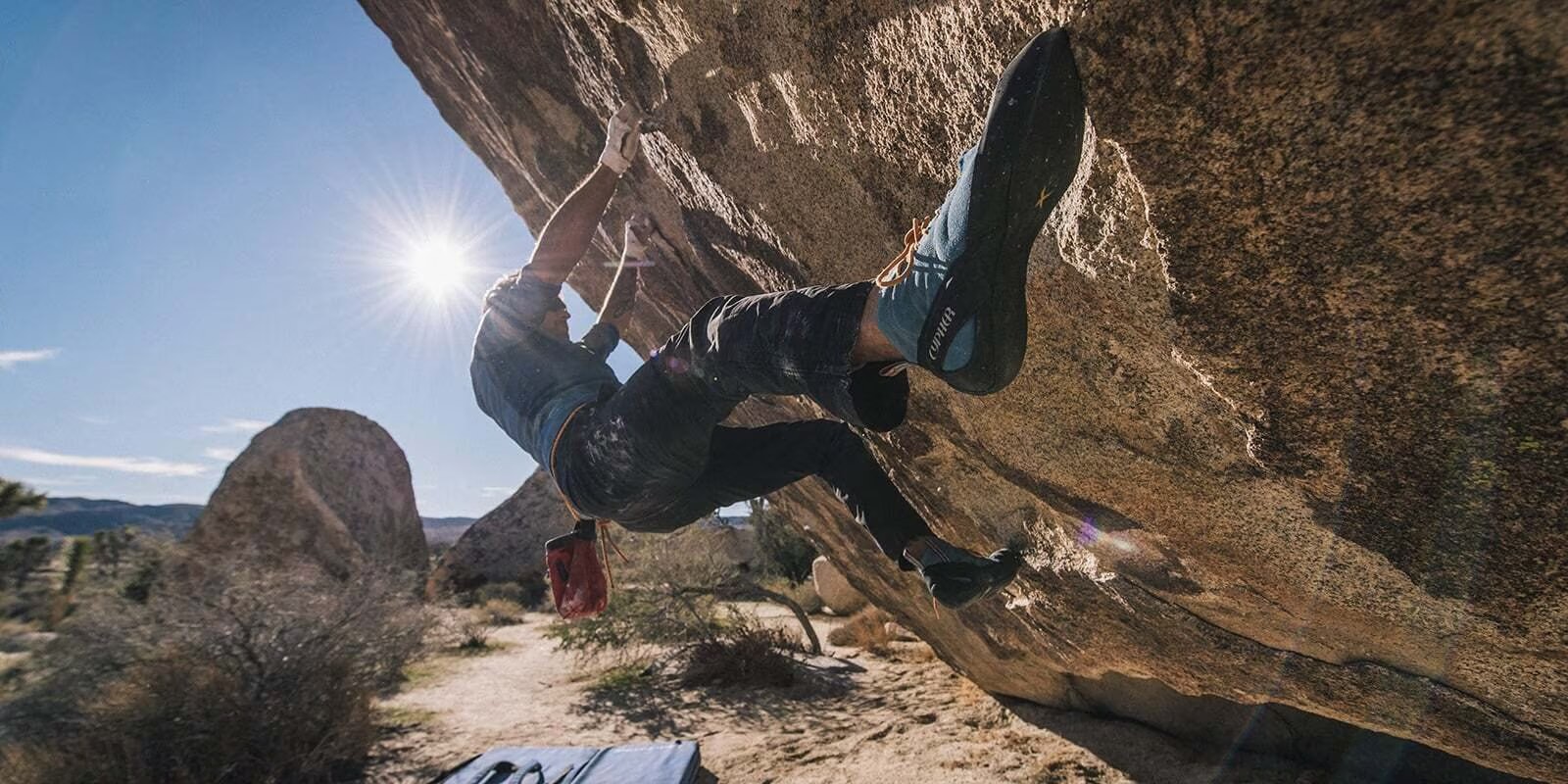Maintaining your home requires time, dedication, and consistent effort. From indoor cleanings to establishing a healthy lawn, the work is never completely done. For some, more work may be needed than for others. On Reddit, one homeowner sought advice after removing invasive species from the grasslands on their property.
Posted to the subreddit r/NativePlantGardening for lawn and open-space enthusiasts, the original poster shares a photo of an invasive species that has latched itself onto the soil within the homeowner's property, prompting curiosity on how to deal with the potential threat in the future.

"Recently removed a lot of invasive honeysuckle from the hillside behind our house. Best native erosion control?" wrote the OP, who lives in eastern Tennessee, in the heading of the post.
Stopping invasive species is a crucial effort to protect local ecosystems and improve biodiversity for communities. Rewilding areas by promoting native plant species is a very effective method to achieve this.
Similar to the case here, another incident took place in Topeka, Kansas, where invasive plants such as bush honeysuckle were removed. This approach is great for such benefits as natural erosion control and reducing maintenance costs, saving money for homeowners in the process.
When it comes to a sloped yard, native plants such as Pennsylvania sedge and lowbush blueberry are prime examples of helping to prevent soil erosion and manage water runoff. This not only protects your home and lawn but also enhances its aesthetic appeal — a trait that can actually increase a home's value.
Watch now: Could your lawn be tanking your home's resale value?
Whether it be multiple low-maintenance landscaping options that are good for the planet, such as native species plantings, installing clover and buffalo grass, or even xeriscaping, these practices have been recorded to lower expenses, water usage and improve the very air we breathe. There is so much we can do for our community and planet right outside our doorstep — what power.
 Should we be actively working to kill invasive species?
Should we be actively working to kill invasive species?
 Absolutely
Absolutely 
 It depends on the species
It depends on the species 
 I don't know
I don't know 
 No — leave nature alone
No — leave nature alone 
 Click your choice to see results and speak your mind
Click your choice to see results and speak your mind
Whether it be multiple low-maintenance landscaping options that are good for the planet, such as native species plantings, installing clover and buffalo grass, or even xeriscaping, these practices have been recorded to lower expenses, water usage and improve the very air we breathe. There is so much we can do for our community and planet right outside our doorstep — what power.
"Consider either Rhododendron maxium or Kalmia latifolia (or your local equivalent)," commented one Reddit user.
"Lots of good advice here! Need to find some phlox and elephant ferns it seems," wrote the OP in response to the suggestions received from other Reddit users.
TCD Picks » REI Spotlight

Join our free newsletter for easy tips to save more and waste less, and don't miss this cool list of easy ways to help yourself while helping the planet.
















